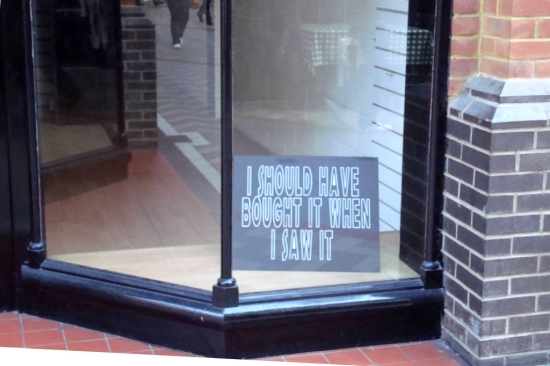Nearly one in five shops in Wales now stands vacant following a disappointing spring for retailers as many shoppers escaped the cold weather by staying at home.

The latest data from the British Retail Consortium (BRC)/Springboard Retail Footfall Monitor indicates that the shop vacancy rate in Wales increased to 17.9 per cent last month, from 17 per cent in January 2013.
Director of the Welsh Retail Consortium, John Munro said: “This new high in empty shops makes for grim reading – the Welsh vacancy rate comes a close second to Northern Ireland and almost one in five shops are now standing empty.
“And this quarter’s footfall rate fuels further cause for concern, with shopper numbers in Wales well down on April 2012 and weak in comparison to the UK average.
A breakdown of the figures reveals that Newport has the highest vacancy rate with a staggering 27.9 per cent of shops unoccupied. The situation in the town has not been helped by a number of big high street names shutting up shop. However the outlook is a little brighter after plans were recently submitted for a new development in Friars Walk.
Newport is followed by Swansea with a 23.6.per cent vacancy rate, and the seaside town of Rhyl where the figure stands at 20.3 per cent.
The locations with the lowest vacancy rates in Wales are Cwmbran at 6 per cent, Abergavenny at 7.9 per cent and Port Talbot where 8.2 per cent of shops stand empty.
The reason these locations are outperforming the rest of Wales has been cited as the make-up of their high streets.
Lance Mellor, a Port Talbot beauty products shop owner, told the BBC that an eclectic mix of shops was the secret of its success.
“The street I’m on, you’ve got an artist there, we’ve got a restaurant, we’ve got a travel agent. we’ve got clothes shops. We’ve got a nice little mix of shops.”
Meanwhile the Charity Retail Association is warning that proposed changes to business rates relief in Wales will lead to charity shop closures adding to the vacancy rates.
A report submitted to the Welsh Government recommends limiting rate relief for larger charity shops selling new goods to 50 per cent. In addition it proposes tightening the qualifying criteria and limiting the number of retail properties eligible for rate relief in a given location.
A spokesperson for the Charity Retail Association said, if the proposals are implemented, they will cost shops around 10 per cent of their annual profit and lead to more empty spaces on the high street.
Previous Post
Marks and Spencer posts Dramatic Profits Drop